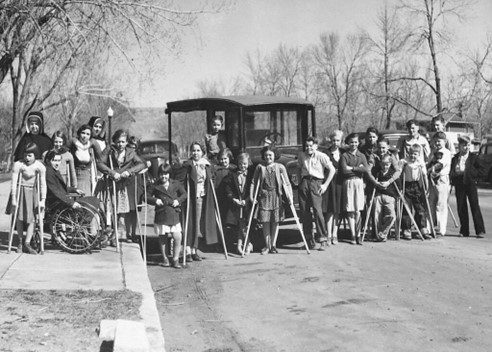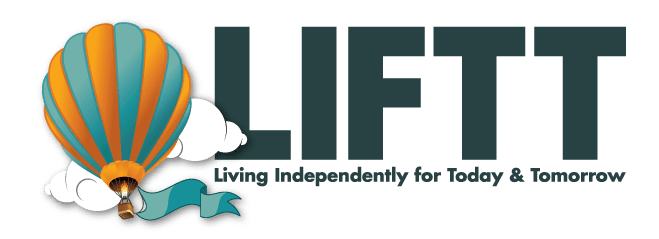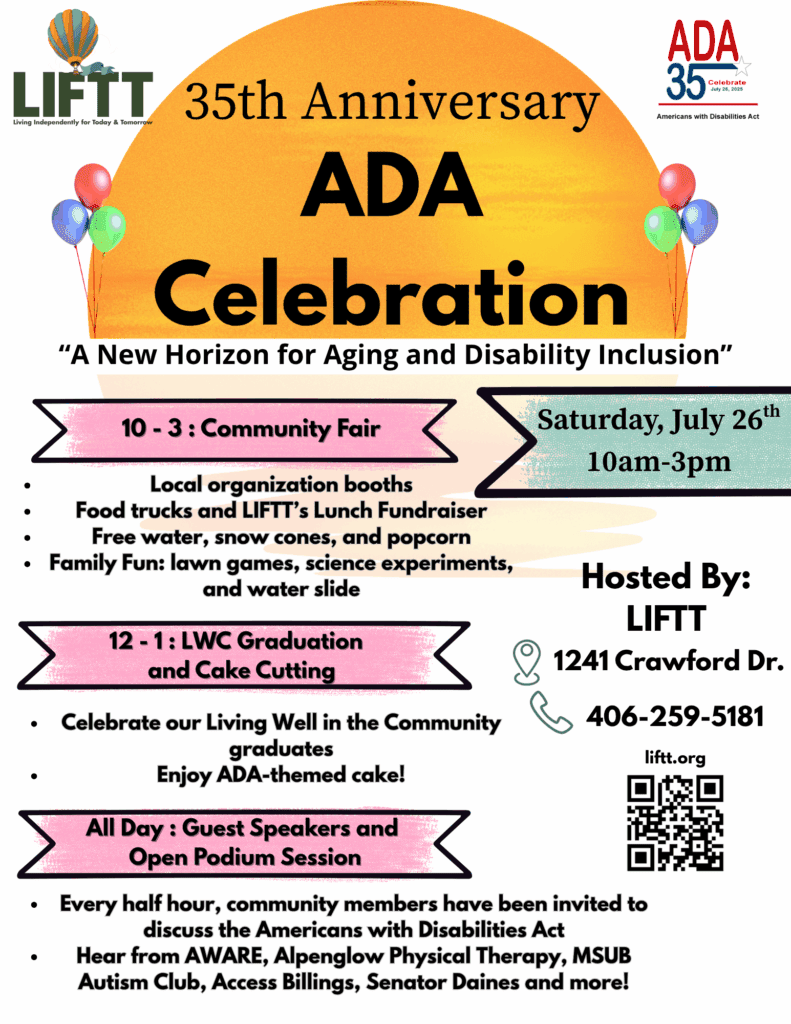
In this photo from the Western Heritage Center collection a group of children most of whom are using artificial limbs, crutches and/or wheelchairs and were part of a community based program set up at St. Vincent hospital in the early 20th century pose with their caregivers/teachers who are nuns from Sisters of Charity of Leavenworth.
Equally Different, Unequally Remembered
Let’s be honest.
Disability is everywhere, yet historically, it’s been almost nowhere. Not in the textbooks, not in the museum wings, not in the official timelines of “how we got here.” Until now. From March to December 2025, the Western Heritage Center in Billings is hosting a groundbreaking exhibition: “Equally Different: Uncovering the History of Disability in Montana.” And no, this isn’t your average stroll through sepia-toned nostalgia.
This is about truth-telling. About visibility. About refusing to disappear.
Why This Exhibition Hits Different
This isn’t a story about charity or pity. It’s a story about power. It’s about how people with disabilities in Montana survived, organized, and dared to demand more—even when society told them to stay quiet, stay hidden, or stay institutionalized. t’s about the State School at Boulder. It’s about forced silence. It’s about resistance. It’s about how disability, though always part of our collective story, was edited out — until now. And if you think this is just “history,” think again. This is now.
DEI Isn’t Complete Without the “D” That Everyone Forgets
Do you want to talk about diversity, equity, and inclusion? Let’s talk about how disability is almost always the last guest invited to the table — if invited at all. “Equally Different” forces the conversation wide open. It doesn’t just fit into DEI — it expands it. It disrupts the idea that DEI is about marketing slogans and training modules. It says:
- Where were disabled voices in your civil rights curriculum?
- Why do your hiring policies celebrate diversity but exclude accessibility?
- What happens when inclusion doesn’t include everyone?
This exhibition isn’t polite. It’s necessary, and it gives us all a choice: keep doing surface-level work, or go deeper.
LIFTT’s Role: We’re Not Observers, We’re Participants
At LIFTT, we don’t see history as a spectator sport. We’re part of this ongoing narrative. We honor this exhibition because it names what was hidden. It tells the stories of people who fought for ramps, rights, respect, and are still fighting. It also reminds us that independent living was never handed out like a gift. It was won. So no, we’re not just encouraging you to visit the exhibition.
We’re asking you to let it change you.
Go.
Walk through it. Sit with it.
Let it make you uncomfortable.
Let it open something up.
And when you leave, don’t say, “Wow, I didn’t know.”
Say, “Now that I do — what will I do next?”
History is only powerful when it moves us, and the fight for equity is only real when disability is not an afterthought — but a starting point. Let’s stop rewriting history to exclude. Let’s start living it equally different, and unapologetically whole.
The Western Heritage Center is located at 2822 Montana Avenue in downtown Billings and is open Tuesdays-Saturdays 10 a.m. to 5 p.m. Admission to the museum is $5 for adults. $3 students & seniors, and free for children under age six. The buliding, which at one time was home to the Billings Public Library, has an ADA accessible elevator and an accessible entry is located at ground level to the right of the main entry staircase. The museum also provides what is known as a “Social Story” as a guide to help potential visitors with concerns about social interaction and public spaces learn what to expect when they come to the museum. For more information about the Western Heritage Center visit ywhc.org or call (406) 256-6809.
About Living Independently for Today & Tomorrow (LIFTT): LIFTT is a Montana 501(c)3 corporation organized as a Center for Independent Living (CIL). With team members based in Billings and Glendive, LIFTT provides aging and disabled members of the community with programs and services that help empower them to break down the physical, bureaucratic, and cultural barriers that prevent them from being fully independent participants in their lives and communities throughout 18 counties in southeastern and south-central Montana: Big Horn, Carbon, Carter, Custer, Dawson, Fallon, Garfield, Golden Valley, McCone, Musselshell, Powder River, Prairie, Richland, Rosebud, Stillwater, Treasure, Wibaux, and Yellowstone. For more information, please visit liftt.org or download our mobile app for your Apple or Android Device.

